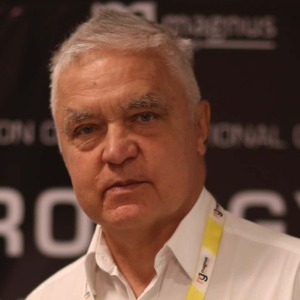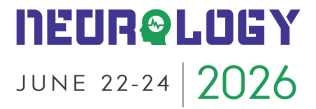Visual Evoked Potentials
Visual evoked potentials (VEPs) are a type of electrophysiological testing used by neurologists to diagnose and monitor several neurological diseases and conditions. This test measures the electrical activity of the visual system when presented with a visual stimulus. Visual evoked potentials measure the time it takes for the neural response to a visual stimulus to reach cortical regions of the brain. It uses a machine that displays a series of patterns of lights onto a screen which the patient then looks at. The amount of visual stimulus and the intensity of the stimulus can be altered during the test, which helps to create a range of responses. One of the primary reasons why VEPs are conducted is to monitor brain activity and to diagnose certain neurological disorders. They can help detect problems caused by damage to the nervous system and can be used to monitor the progression of a disease. This type of testing is beneficial to those who suffer from optic neuritis or multiple sclerosis. VEPs also aid in the diagnosis of spinocerebellar ataxia, a disorder characterized by an impaired ability to coordinate motion. VEPs are also used in research studies to investigate how certain stimuli affect the brain. By studying the time it takes for a response from the visual cortex to occur, researchers can gain greater insight into the visual system of humans and animals. Scientists can use this information to help diagnose and treat certain eye diseases, such as glaucoma. In addition to diagnosing and researching disorders, VEPs are also used to monitor changes in vision over time. For example, this type of testing can be used to monitor changes in vision acuity, contrast sensitivity, and color perception. They are also beneficial when used to monitor the effects of treatment on diseases and conditions of the visual system. VEPs play an important role in diagnosing and monitoring several neurological disorders and other conditions of the visual system.

Ken Ware
NeuroPhysics Therapy Institute, Australia
Robert B Slocum
University of Kentucky HealthCare, United States
Yong Xiao Wang
Albany Medical College, United States
W S El Masri
Keele University, United Kingdom
Jaqueline Tuppen
COGS Club, United Kingdom
Milton Cesar Rodrigues Medeiros
Hospital Santa Casa de Arapongas, Brazil




Title : Perception and individuality in patient cases identifying the ongoing evolution of Myalgic Encephalomyelitis/Chronic Fatigue Syndrome (ME/CFS)
Ken Ware, NeuroPhysics Therapy Institute, Australia
Title : Narrative medicine: A communication therapy for the communication disorder of Functional Seizures (FS) [also known as Psychogenic Non-Epileptic Seizures (PNES)]
Robert B Slocum, University of Kentucky HealthCare, United States
Title : Rabies: Challenges in taming the beast
Alan C Jackson, University of Calgary, Canada
Title : Neuro sensorium
Luiz Moutinho, University of Suffolk, United Kingdom
Title : Traumatic Spinal Cord Injuries (tSCI) - Are the radiologically based “advances” in the management of the injured spine evidence-based?
W S El Masri, Keele University, United Kingdom
Title : Personalized and Precision Medicine (PPM), as a unique healthcare model through biodesign-driven biotech and biopharma, translational applications, and neurology-related biomarketing to secure human healthcare and biosafety
Sergey Victorovich Suchkov, N.D. Zelinskii Institute for Organic Chemistry of the Russian Academy of Sciences, Russian Federation